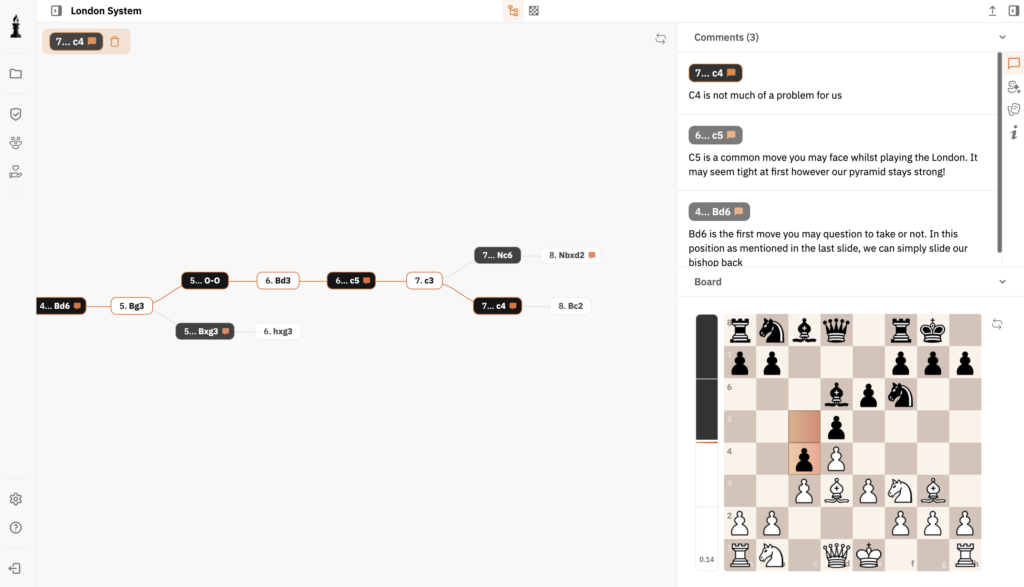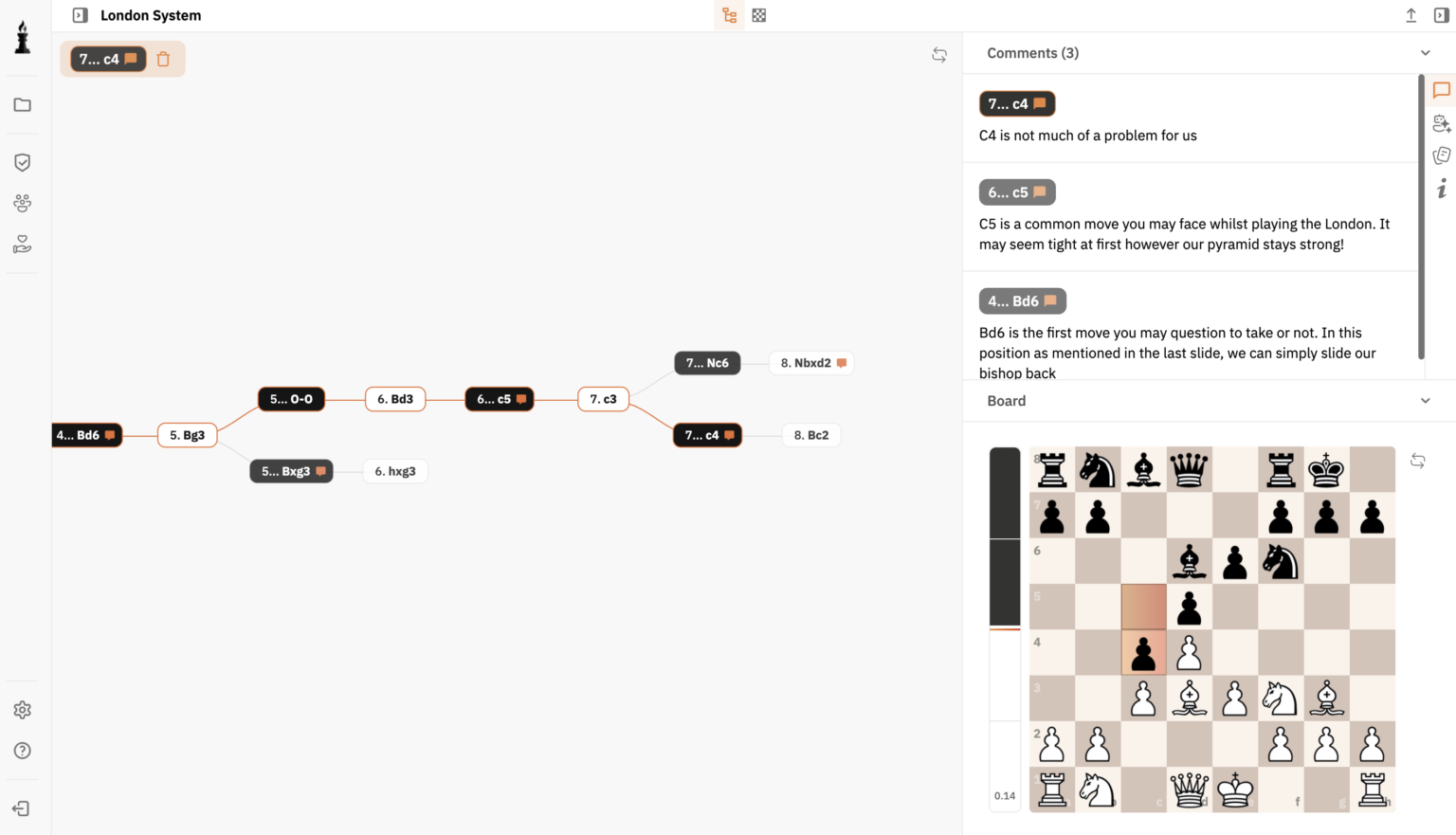Understanding Prophylaxis in Chess
Prophylaxis is a strategic maneuver in chess where a player makes moves specifically to prevent their opponent’s plans. Unlike tactics that focus on immediate gains, prophylactic strategies aim to anticipate threats and hinder them before they manifest.
Historical Context of Prophylaxis
Prophylaxis gained popularity in the early 20th century, thanks in part to players like Aron Nimzowitsch. His book My System illustrates the concept of preventing enemy plans as a necessary defensive strategy.
Achieving Control Through Prophylaxis
An essential element of chess strategy, the goal of prophylaxis is to maintain a formidable position while restricting your opponent’s options. Moves like « h3 » or « a3 » can prevent pins or knight advances without disrupting your position.
Examples from Grandmaster Games
-
Petrosian vs. Spassky: A classic showcase where Tigran Petrosian ingeniously controlled the board by anticipating Boris Spassky’s aggressive intentions.
-
Karpov’s Dominance: Anatoly Karpov was known for implementing prophylaxis to avoid his opponent’s tactical threats.
Tools to Practice Prophylaxis
Use the Chess PGN Editor to formulate or analyze games focusing on prophylactic techniques. Leverage the Online Chess Database to find games by renowned prophylactic players.
Integrating Prophylaxis in Your Repertoire
- Identify Opponent’s Threats: Using tools like Stockfish can help spot imminent threats early.
- Flexible Positioning: Maintain pawn structures that allow mobility, focusing on avoiding isolated pawns which can be a prophylaxis liability.
Prophylaxis Beyond the Middlegame
In endgames, always seek ways to keep a check on passed pawns while pushing your pawn majority. Mastering opposition tactics can ensure you maintain an advantageous position.
Conclusion
To implement prophylaxis effectively, players must develop a deep understanding of chess positions and potential threats while maintaining regular practice to identify and neutralize opponents’ plans.
Remember, accessing the Chess Games Analysis feature will enhance your understanding, allowing you to view high-level prophylactic play and transpose it into your own gaming toolkit.
Prophylaxis in chess is crucial because it involves taking preventative measures to block the opponent’s plans, thus maintaining control and achieving a strategic advantage.
You can practice prophylaxis by analyzing games from grandmasters known for this strategy, like Anatoly Karpov, and using chess tools to simulate and study such moves.
Yes, prophylaxis is important in endgames to manage pawn structures and prevent the opponent from promoting their pawns or establishing strategic control.
Utilizing tools like the Chess PGN Editor and Online Chess Database can help you analyze games and recognize the implementation of prophylactic strategies effectively.





